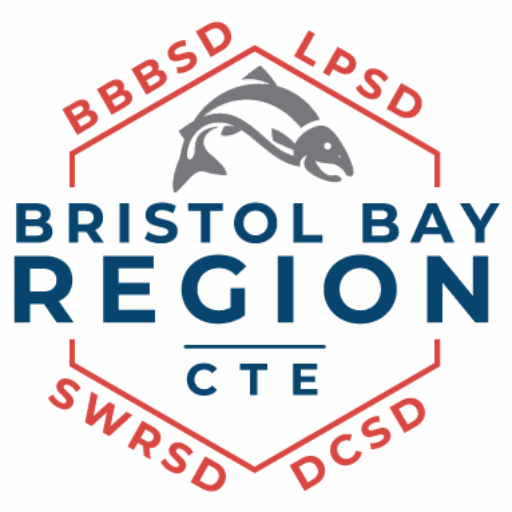Planning Your Future Starts Today
No matter where you’re headed (college, work, the military, or something else), having the right tools and support makes all the difference. This page is your go-to guide for everything that helps you prepare for life after high school: resumes, applications, timelines, and step-by-step support based on your grade level.
Let’s get you ready for whatever comes next!
Resume Tips and Support
Your resume is your personal advertisement, it shows potential employers, training programs, or colleges who you are, what you can do, and why you’re a great fit. A strong resume can open the door to job interviews, scholarships, and opportunities.
Resume Basics
- Keep it to one page: Employers usually spend less than 10 seconds on the first glance.
- Use a simple, clean layout: Avoid fancy fonts or too many colors. Stick to something easy to read.
- Check spelling & grammar: Errors can make you look careless.
- Be honest: Never list skills or experiences you don’t have.
What to Include
Contact Information
- Full name, phone number, professional email address.
- City & state (no need for full home address).
Education
- Your high school and graduation year (or expected graduation date)
- Any dual-credit, trade school, or BBRCTE class
Work or Volunteer Experience
- Job title, place, and dates you worked.
- 2–3 bullet points describing what you did and the skills you used
- Include things you do for your community, such as chop wood, subsist for elders, etc
Skills
- Technical (e.g., Microsoft Word, welding, cash register)
- Soft skills (e.g., teamwork, time management)
Awards & Achievements
- Scholarships
- Certificates
- Leadership roles
- Competition placements
Activities
- Clubs
- Sports
- Community groups
Tips for Strong Bullet Points
Start with action verbs like “organized”, “led”, “assisted”, “created”, “trained”, or “designed”.
Focus on skills that transfer to the job or opportunity you want.
Show results if possible.
Example: “Organized a fundraising event that raised $1,200 for the basketball team.”
Common Mistakes to Avoid
Using the same resume for every application (customize for each job/program).
- As an example, a resume for teaching will look different from a resume for piloting
Using an unprofessional email (make a new one if needed).
- Ideally, create an email that is clear and simple, such as first.lastname@email.com
Quick Checklist Before You Submit
✅ Name & contact info is correct.
✅ No spelling or grammar errors.
✅ Dates and job titles are accurate.
✅ Tailored for the opportunity you’re applying for.
✅ One page, easy to read.
Here is a simple template to download and use:

